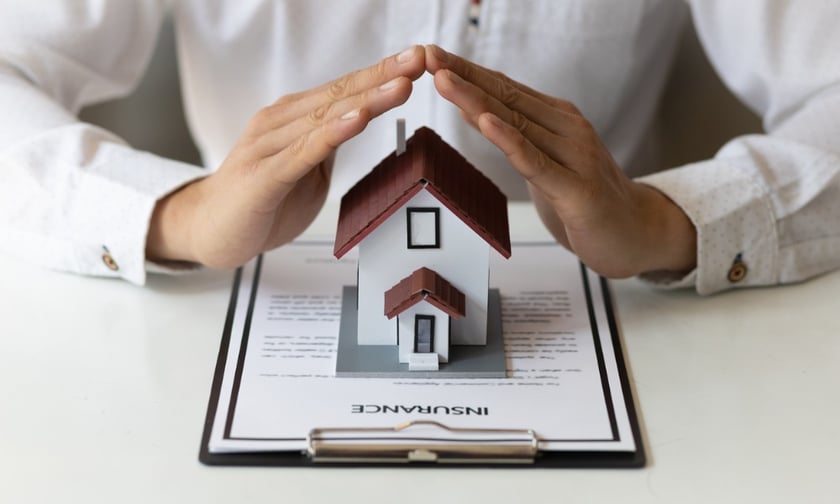

A recent study has revealed that over six million homeowners across the United States, including a significant number of Native American, Hispanic, and Black homeowners, are without homeowners’ insurance.
This lack of coverage, the Consumer Federation of America says, places them at considerable risk in the event of natural disasters or other substantial damage to their properties.
The research, reported on by USA Today, indicates that uninsured properties represent 7.4% of all properties nationwide, leaving an estimated $1.6 trillion in property value vulnerable.
Titled “EXPOSED: A Report on 1.6 Trillion Dollars of Uninsured American Homes,” the report emphasizes the broader implications of the issue, including its role in contributing further to racial inequality.
“Inequalities in who has homeowners’ insurance will likely widen the long-standing racial wealth gap, as uninsurance disproportionately impacts Hispanic, Black, and Native American homeowners. Over time, insurance access is likely to become a key decider of who can fully reap the benefits of homeownership, including maintaining their home and building wealth,” the report explained.
While the racial divide is still alive and well, home insurance pricing in general has surged for everyone in the country. A report from Guaranteed Rate Insurance LLC revealed that home premium costs rose by 19% in 2023, marking a 55% increase since 2019.
The study, which analyzed data from the 2021 American Housing Survey conducted by the US Census Bureau, found that homeowners with annual incomes under $50,000 are twice as likely to be uninsured.
Significant disparities also exist among different demographics, with 22% of Native American homeowners, 14% of Hispanic homeowners, and 11% of Black homeowners lacking insurance.
Manufactured homes and inherited properties are also revealed to be among the least likely to be insured. Meanwhile, homeowners in rural areas and specific metropolitan regions, including Houston and Miami, as well as those in Mississippi, New Mexico, and Louisiana, are the most likely to be without insurance.
Sharon Cornelissen, director of housing at the Consumer Federation of America and co-author of the report, stressed the financial vulnerability of consumers who cannot afford homeowners insurance.
“Many consumers are struggling to afford rising premiums and must go without homeowners’ insurance,” Cornelissen said. “That puts them at risk of losing everything.”
The report also suggests several measures to address these issues, including urging state insurance regulators to gather more data on insurance gaps and disparities, investing in community risk reduction and home fortification, and investigating the incidence of insurance “redlining.”
It also calls for more robust research and application of Fair Housing laws to address and rectify these disparities.
Douglas Heller, the organization’s director of insurance, underscored the broader implications of the study.
“When millions of American families simply cannot find or cannot afford insurance coverage for their home, we are all exposed,” Heller said. “Our study should be a wake-up call for lawmakers, insurance and housing regulators, and the nation’s emergency management agencies.”
What are your thoughts on this story? Please feel free to share your comments below.
